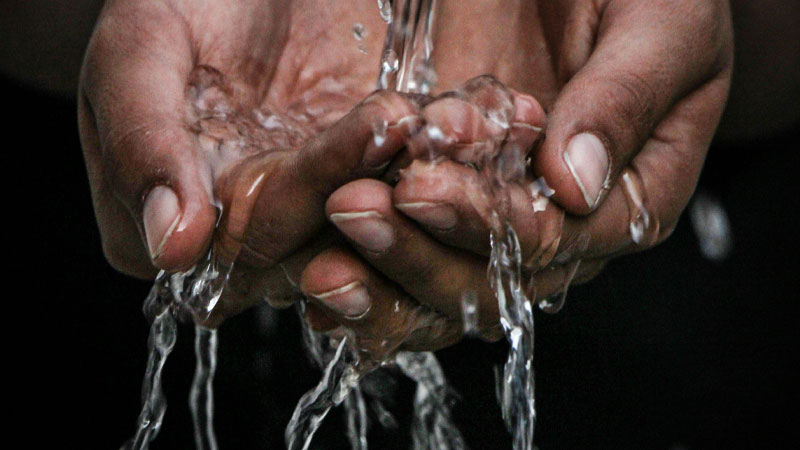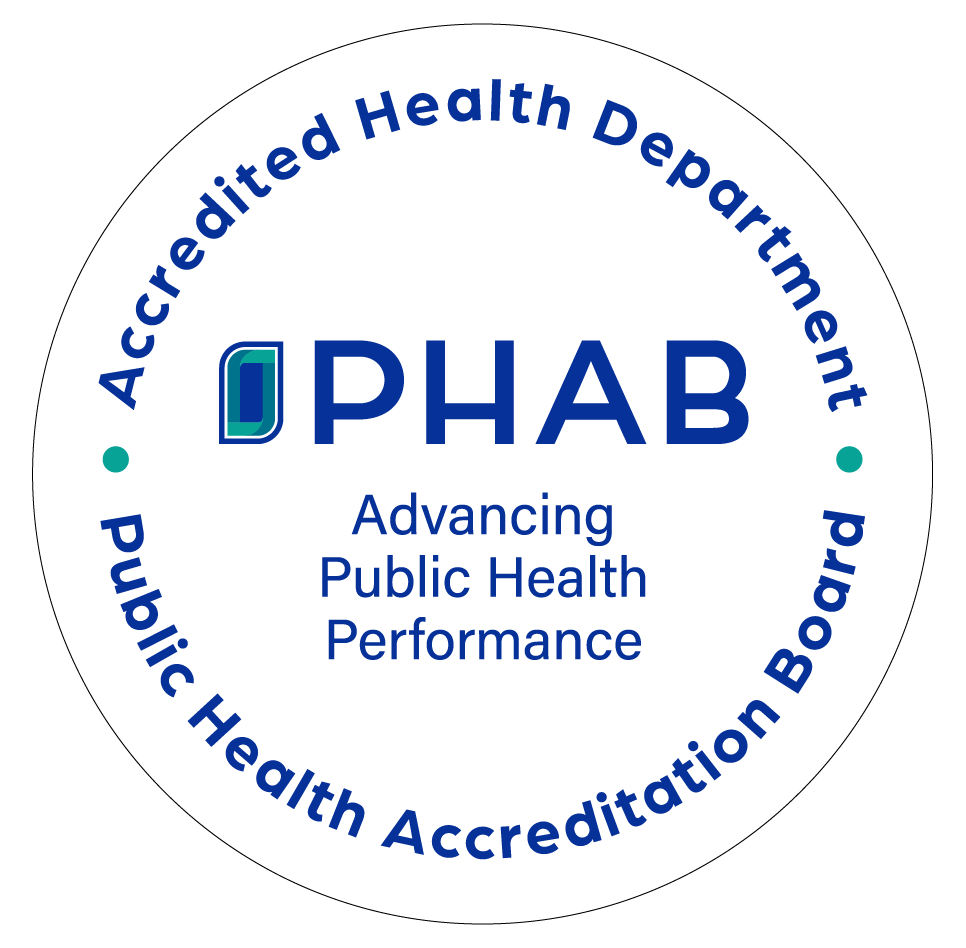East Shore District Health Department
Property Search
Access land record information
Beach Water Testing
Beach water testing results and closure information for the 2025 season
Event Calendar
See what’s coming up
Well Water Forms
Well Water

The Health District approves the use and location of new private drinking water wells. Some instances require involvement by the Connecticut Department of Public Health’s Drinking Water Section in approval of wells not considered private. A review of the proposed new well location will determine if there are potential pollution sources nearby that can have a negative impact on the water quality. The Director of Health approves the use of new wells after water quality testing deems the water satisfactory and the well driller provides a completion report.
Information on Private Wells:
https://portal.ct.gov/dph/environmental-health/private-well-water-program/private-wells#48151
Private Well Testing Information Sheet:
How do I chlorinate (disinfect) my well?
The first step in the chlorination process is to know where your well is. Once found, remove the well cap.
For a typical drilled well that is 6″ in diameter, 100′ to 300′ depth, use 1 quart of “fresh” unscented, food grade 5.25% bleach mixed with 10 gallons of water in a large “clean” container (such as a new plastic garbage can). More bleach may be needed if the well is deeper than 300 feet deep. Common household bleach contains a chlorine compound that will disinfect water.
Pour or siphon the entire solution carefully into the well, making sure that you “wash” the inner diameter of the well casing with the bleach solution.
One by one, open each cold water faucet and run the water until a strong odor of chlorine is detected. (If a slight odor is not detected, add more chlorine to 10 gallons of water and repeat the procedure.) Once chlorine odor is detected, turn off the faucet and proceed to the next faucet. If possible, work back from the furthest faucet from the well supply to the closest. Flush the toilets.
Connect a garden hose to an outside faucet and place inside the well. Run the hose and let the water recirculate through the water system for at least 30 minutes. Replace well cap.
Let the water stand in the water system, unused, for at least 24 hours.
After 24 hours, flush the system of any remaining chlorine. Start by turning on outside faucets and letting them run until the chlorine smell dissipates. Finally, run the indoor faucets until the system is completely flushed (using a pool test kit can detect if any chlorine is present). There should be no detectable smell and the water should be clear. The water must then be retested by an approved laboratory. When collecting samples to be tested, be sure not to handle the rim of the bottle or cap with your hands.
How often should I get my well water tested?
ESDHD recommends homeowners have the well sampled at least once a year for bacteria, and every 5 years for chemicals, or if any change in odor, taste, or color.
Improper well caps, dug wells and wells at or below grade are risky because contaminants can seep into the well and may be potentially hazardous to drink.
Water Tests Include:
Listed below are the required analyses in accordance with Connecticut Public Health Code Section 19-13-B101 “Testing of Water Quality in Private Water Supply Systems”.
Limits:
- Total Coliform Bacteria – None Present MCL
- pH – 6.4 – 10.0 SU MCL
- Apparent Color – < 15 SU
- Odor – < 2 Odor Threshold Number
- Chloride – 250 mg/L MCL
- Hardness – 150 mg/L
- Nitrate-Nitrogen – 10 mg/L MCL
- Sulfate – 250 mg/L
- Turbidity – < 5 NTU MCL (for surface water)
- Iron – 0.3 mg/L EPA secondary contaminant
- Manganese – 0.05 mg/L EPA secondary contaminant
- Sodium – 28 mg/L CT Notification level Volatile Organic Chemicals
Water must be analyzed for alachlor, atrazine, dicamba, ethylene dibromide (EDB), metolachlor, simazine & 2, 4-D if nitrates are equal to or exceed 10 mg/l.
SU = standard units
mg/L = milligrams per liter = ppm
MCL = Maximum Contaminant Level
Note: Parameters, which do not have a MCL, are recommended limits. Local
municipalities may have additional testing requirements.
What do I need to know to install or repair a well?
Well Permit
If your house is served by private well water supply, the location would have been shown on your approved lot development plan. Your well driller is responsible for obtaining a well drilling permit to construct the well. Once the well is constructed the installer must also submit a well completion report to the Health District. We recommend that the well not be drilled until the septic system is installed, but this is not required. What are the Private Well Regulations ? (CT Public Health Code Sec.19-13-B101)
The well must have a sealed well cap minimum 6″ above finished grade for new wells; It is recommended that existing wells be modified to bring the cap a minimum of 6″ above grade.
The well must be located 75′ away from the septic or any source of pollution and 25′ to drains or water bodies.
The ESDHD must approve all private water supplies prior to use by the homeowner. The water from all private water supply wells must be sampled by a qualified individual, tested by a certified lab, and the results must be reviewed and approved by the local health department prior to issuance of a certificate of approval. A well completion report must be submitted to the local health department for review and approval.
Well Testing
A newly installed, well and plumbing must be disinfected through a chlorination process. Your well driller is responsible for this. After disinfection and a brief waiting period, the well must be sampled by a certified individual and tested by a state certified laboratory. Your lab will give you a well water analysis document. The document must have an original signature from the lab director. The ESDHD must be provided an original copy of the lab report, not a copy, unless it is also signed in ink by the lab director.
The location, construction and testing of your well are regulated by Section 25-126 through 25-137 of the Connecticut General Statutes, Section 19-13-B51 of the State Public Health Code, and local regulations. Two requirements of these sections are: It is the owner’s responsibility to obtain the required analysis and to furnish the results to the local health department. Until our department receives both documents as stated above, NO CERTIFICATE OF OCCUPANCY CAN BE GRANTED FOR YOUR NEW HOUSE.
NOTE: Only original signed laboratory reports will be accepted. Faxed copies are not acceptable.
ESDHD recommends homeowners have the well sampled at least once a year for bacteria, and every 5 years for chemicals, or if any change in odor, taste, or color.
What should I do if my well water is contaminated?
It is not unusual to have an occasional well water test indicate the presence of bacteria, especially if you own an older home where the well is buried under ground. However, the water should be considered at risk until you find out where the problem originates. Do not consume the water unless it is first boiled for at least 15 minutes. Consider using bottled water for drinking and cooking.
If bacterial contamination recurs, then it is recommended that you have the well inspected by a reputable well water contractor for defects or code deficiencies and to upgrade your well water supply accordingly. If there is public water available we recommend that you connect to it. If the well has evidence of problems that cannot be resolved, a new well may be needed.
Other tips for well owners
- If you are concerned about your well or water testing, check ESDHD for well completion report (depth, yield, and location)
- Be aware that some of these test indicate that your well is not water tight and may be susceptible to surface water contamination
- Shallow wells are difficult to treat; They allow the entrance of vermin/insects
- Shallow and dug wells can go dry or have quantity issues
- Most new drilled wells have a yield of ~1-8 gpm, avg. depth 100-200′
- Do I have enough water? (1 gpm= 1440 gpd; national average ~50 gpd/ person
- A 6″ well will hold one gallon of water per foot of well
- Wells with low yield may need additional storage tanks
- If you own a pool and a well, consider using a water tanker to fill pool

